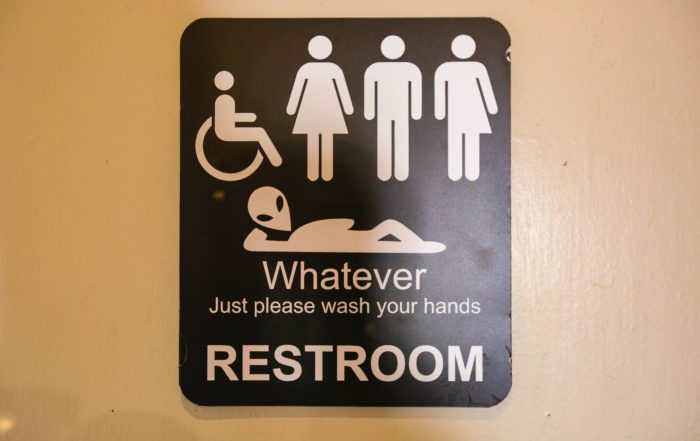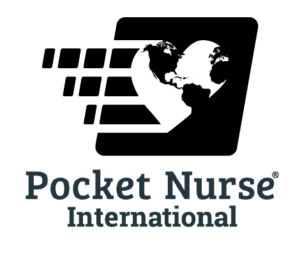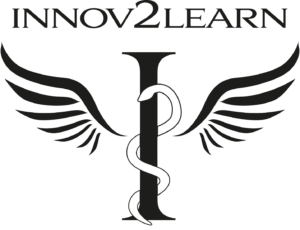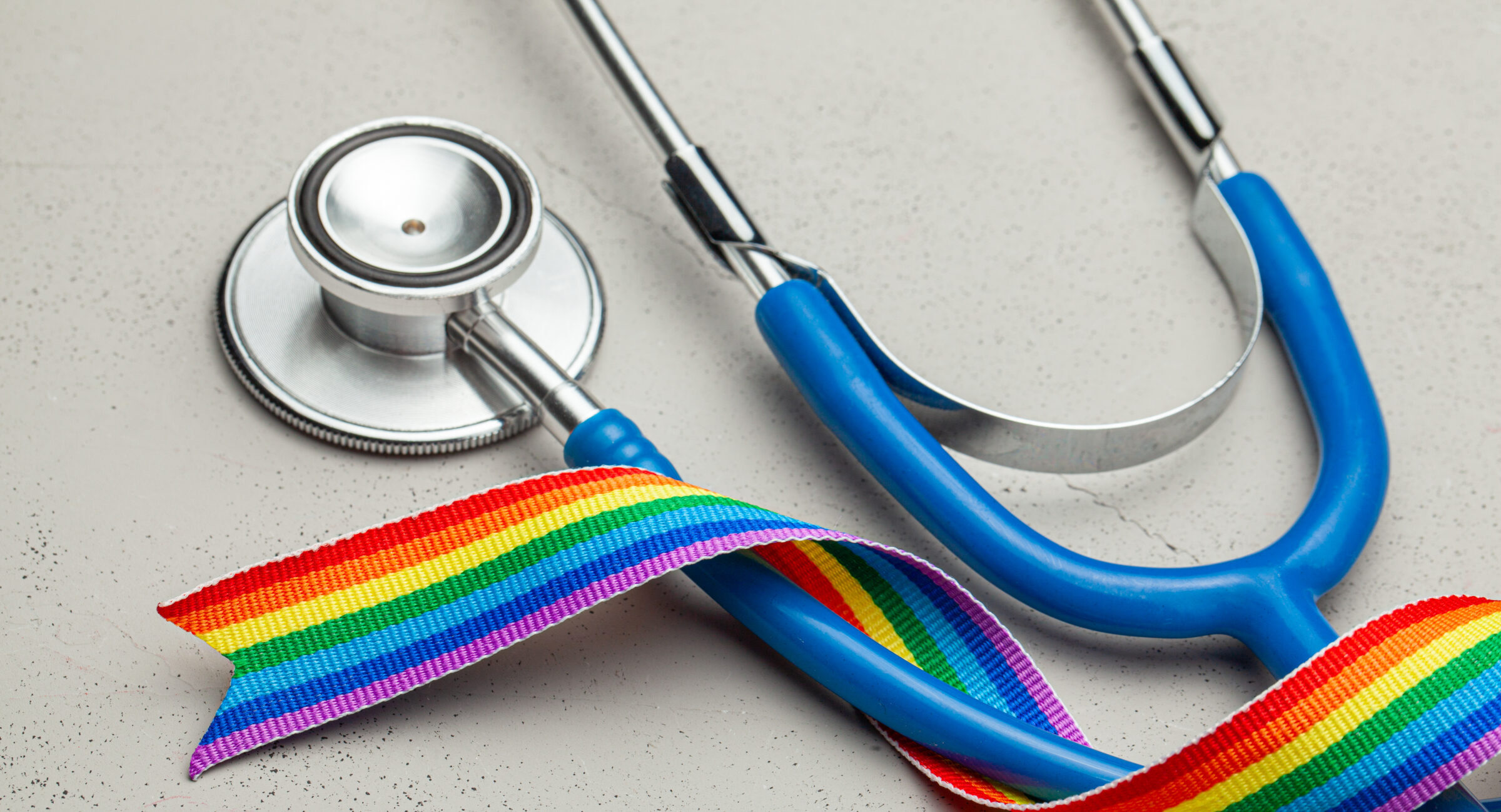
Heterosexism and Health Care: A Concept
Lesbian, gay, and bisexual (LGB) people represent populations who are medically underserved and at increased risk for health problems. A myriad of factors contribute to the increased vulnerabilities of LGB persons, ranging from disproportionately high numbers of those without health insurance (Heck, Sell, & Gorin, 2006), to higher rates of sexually transmitted diseases, including HIV (Centers for Disease Control and Prevention. National Center for HIV/AIDS, Viral Hepatitis, STD, & TB Prevention, 2010). Explorations of more overt forms of oppression like homophobia that may contribute to health disparities in LGB people are readily found in the literature (Christensen, 2005; Dinkel, Patzel, McGuire, Rolfs, & Purcell, 2007). Yet there is a subtler and perhaps even more prevalent form of oppression that may impact the health disparities of LGB patients—heterosexism. Examples of heterosexism abound in health care. From a check box on an intake form that only offers “Married” or “Single,” to a nurse practitioner automatically asking sexually active female patients about which birth control they use, LGB persons often face the assumption that they are heterosexual unless and until they state otherwise…

